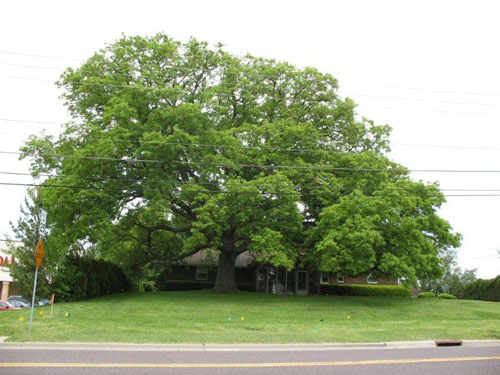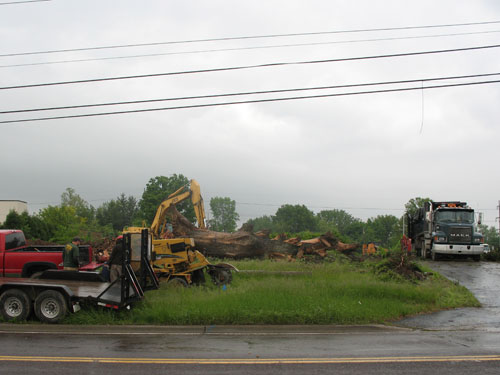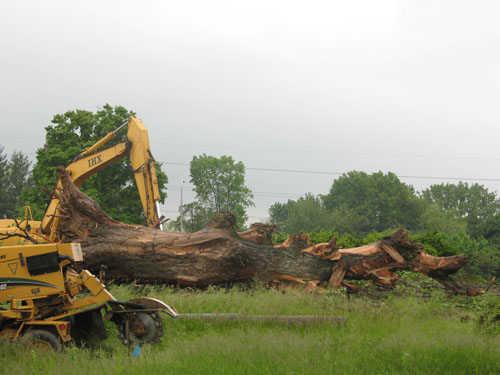It’s no secret that district council representatives are given a lot of deference on “district specific business” already. Most of the council votes in lock step with the district councilman and are happy to defer items for no other reason than the district council person requested it.
Now Peoria Mayor Jim Ardis wants to take it a step further. He sent this e-mail to council members on Thursday, May 6:
In an effort to insure that agenda items are ready for council debate I have asked the Manager to put a sign-off line on council communications for district council-members to approve district specific agenda items before they are placed on the agenda. This will not only insure that the district member is ready for the item to come forward it should also minimize deferrals because they are, in fact, ready for council consideration.
Thanks in advance to District Members for assuring your district specific business is approved by you for placement on the agenda.
That means that an item will not even be put on the agenda unless the district representative approves it. To state it another way, under this system, items can be kept off the agenda by the will of a single city council representative. For instance, if Clyde Gulley didn’t want the Washington Street/Route 24 changes to come before the council, he could decline to sign off on this district-specific item, which would keep it off the agenda in perpetuity — even if all the other council members wanted to move forward on it.
The Mayor’s directive gives a special privilege to district council representatives, allowing them to dictate the will of the council on items impacting their districts. But where does the Mayor get the power to make such a directive? The City’s Municipal Code and Council Rules don’t confer this authority on the Mayor, nor does any ordinance preclude any council member from submitting an item for the agenda.
Section 2-31 of the municipal code states, “All reports, communications, ordinances, resolutions, contract documents or other matters to be submitted to the council shall, not later than 10:00 a.m. on Friday preceding each council meeting, be delivered to the city clerk, whereupon the city clerk shall immediately arrange a list of such matters according to the order of business and furnish each member of the council, the mayor, the city manager and the corporation counsel with a copy of the same prior to the council meeting and as far in advance of the meeting as time for preparation will permit.” Nothing in there requires the proposed agenda item go through the Mayor or the district council representative. It merely has to be delivered to the city clerk.
It would appear that the Mayor cannot make such changes without a majority vote of the council… unless, of course, the council voluntarily consents to the Mayor’s missive, abdicating their responsibility to represent all of Peoria, not just their own fiefdoms.



